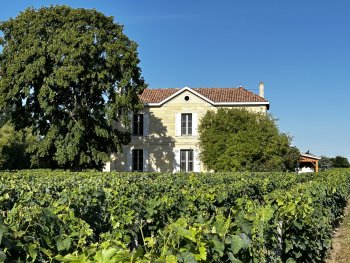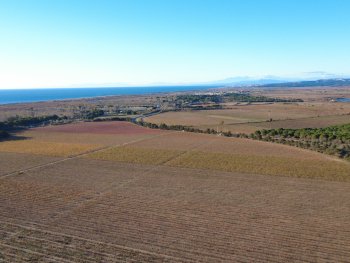How Champagne Ayala is taking small steps towards its big low-carbon objectives

At Ayala, we aim to reduce our greenhouse gas emissions by 90% by 2030. Our project is designed to be rolled out over the long term, and ensure profitability”. The Champagne house’s plan is to reduce energy usage at its future winery, due to come on-stream in 2026, compared with an initial baseline. Gas will be replaced by electricity, complemented by enhanced energy efficiency across all the company’s buildings.
Ayala has already installed a timer on its disgorgement line. The labelling line has also been modified to limit heat loss. Ayala’s major energy challenge involves the design of the new building due to house tanks and storage areas starting with the 2026 vintage. “We are going to use natural chalk insulation”, stresses Hadrien Mouflard, the company’s managing director. “The bottles will be stored 15 metres below ground at a temperature of 12 to 13°C, thereby forgoing the need for cooling. The new vat house will be located at a depth ranging from 8 to 12 metres below ground”. A heat pump will be installed there to produce hot water and heat the offices, replacing the gas boiler.
Ayala’s low-carbon strategy obviously aligns with profitability requirements. “We don’t operate in a vacuum”, adds Mouflard. “Return on investment is important”. The company aims for its low-carbon choices to yield ROI within a four to five year timeframe. The strategy also involves dry goods purchases. Ayala is set to reveal details shortly about its partnership with a glass manufacturer and the launch of a more sustainable transparent bottle.






